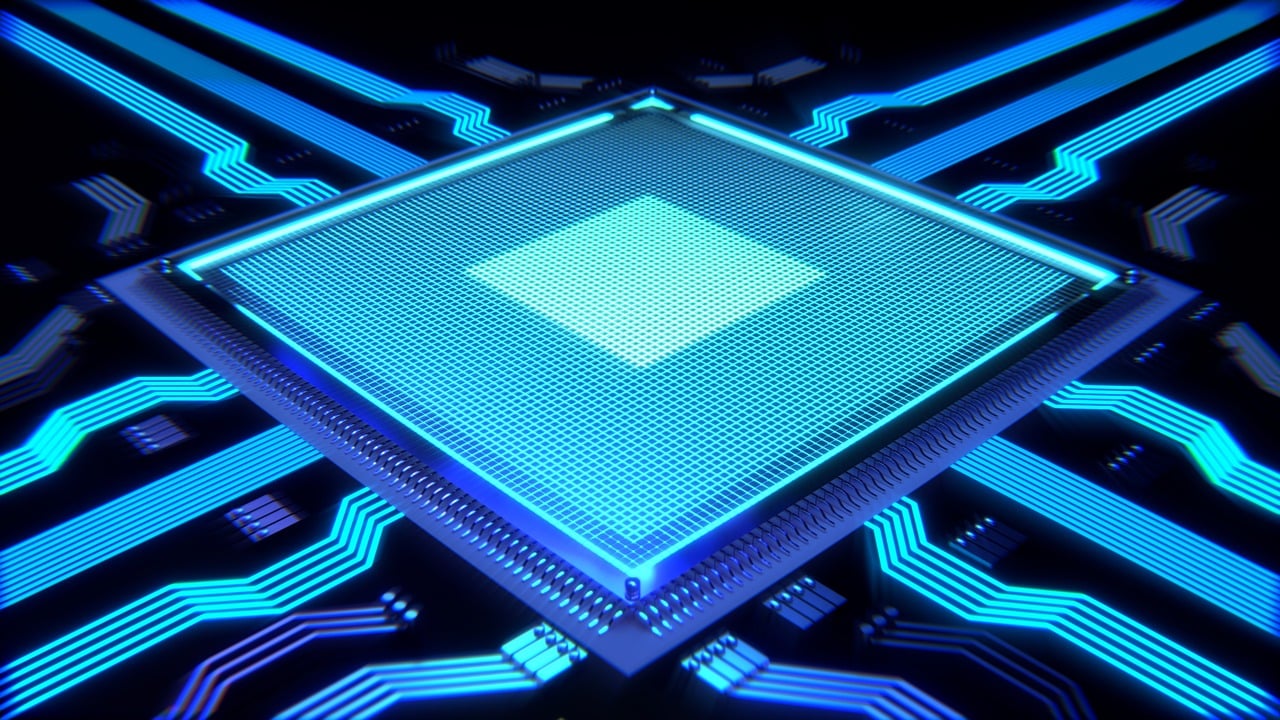Table of Contents
The Basics of Computer Functionality
Computers have become an integral part of our daily lives, revolutionizing the way we communicate, work, and entertain ourselves. But have you ever wondered how these incredible machines actually function? In this comprehensive guide, we will delve into the fundamental principles behind computer functionality, unveiling the inner workings that power these technological marvels.
At the heart of a computer lies its central processing unit (CPU), often referred to as the brain of the computer. The CPU is responsible for executing instructions and performing calculations, ensuring the smooth functioning of various software applications and hardware components. It interprets and carries out instructions stored in the computer’s memory, allowing us to perform tasks such as browsing the internet, editing documents, or playing video games.
To understand how computers work, we need to grasp the concept of binary code. Computers operate using binary code, a language composed of ones and zeros. This binary system allows information to be stored, processed, and transmitted within the computer’s components. Every piece of data, whether it’s a text document or a high-resolution image, is ultimately represented and processed as a series of ones and zeros.
From Software to Hardware: The Journey of Data
Data is the lifeblood of computers, enabling them to perform a wide range of tasks. But how does data travel from software to hardware? Let’s take a closer look at the fascinating journey of data within a computer system.
When you interact with a software application, such as typing in a word processor or clicking on a web link, your actions generate data that needs to be processed. The software then converts your input into binary code, a language that the computer can understand. This binary code is then stored in the computer’s memory, which can be in the form of temporary Random Access Memory (RAM) or permanent storage such as a hard disk drive (HDD) or solid-state drive (SSD).
Once the data is stored in the memory, the CPU retrieves the necessary instructions and data. The CPU processes the data through a series of logical and mathematical operations, transforming it into meaningful output. This output can be displayed on a monitor, printed on paper, or stored in a file, depending on the user’s needs. Whether you’re watching a movie, editing a photo, or playing a game, the data generated by software applications undergoes this intricate journey within the computer system.
Inside the CPU: Unraveling the Core Components
The central processing unit (CPU) is the heart of a computer system, responsible for executing instructions and manipulating data. To understand how a CPU functions, let’s take a closer look at its core components.
The CPU consists of several essential components, including the control unit, arithmetic logic unit (ALU), and registers. The control unit is responsible for coordinating the flow of data and instructions within the CPU, ensuring that each operation occurs in the correct order. It fetches instructions from the computer’s memory, decodes them, and directs the necessary data to the appropriate components for further processing.
The ALU, on the other hand, is responsible for performing mathematical and logical operations. It can add, subtract, multiply, and divide numbers, as well as compare values and perform Boolean operations. The ALU is often referred to as the “calculator” of the CPU, as it is responsible for executing the actual calculations required by the software applications.
Registers are small, high-speed memory units that store immediate data for quick access by the CPU. They serve as temporary storage areas for data and instructions that are frequently accessed, allowing the CPU to perform operations quickly and efficiently. Registers play a crucial role in speeding up the execution of instructions, enhancing the overall performance of the computer system.
Memory
Memory is a fundamental component of any computer system, enabling the storage and retrieval of data. In this section, we will explore the different types of memory found in computers and their functions.
Random Access Memory (RAM) is a type of temporary memory that allows the CPU to quickly access and store data. It is commonly used for running software applications and temporarily storing data that is actively being used. RAM is volatile, meaning that its contents are lost when the computer is powered off or restarted. This is why any unsaved data is lost when a computer crashes or loses power.
In contrast, permanent storage devices such as hard disk drives (HDDs) and solid-state drives (SSDs) provide non-volatile memory. These storage devices allow for the long-term storage of data, even when the computer is turned off. HDDs use rotating magnetic disks to store and retrieve data, while SSDs use flash memory chips. SSDs are generally faster and more reliable than HDDs, but they are also more expensive.
Memory plays a crucial role in the overall performance of a computer system. Sufficient RAM allows for smooth multitasking and faster application loading times. On the other hand, a fast and reliable storage device ensures that data is accessible and secure. By understanding the different types of memory and their functions, we can optimize our computer systems for maximum efficiency and productivity.
Conclusion
Computers are complex machines that rely on a multitude of components working together seamlessly to perform a wide range of tasks. From the binary code that underlies their operations to the intricate interplay between software and hardware, understanding how computers function can deepen our appreciation for the technological wonders that surround us. By unraveling the inner workings of computers, we can navigate the digital landscape with confidence and make the most of the powerful tools at our disposal.

